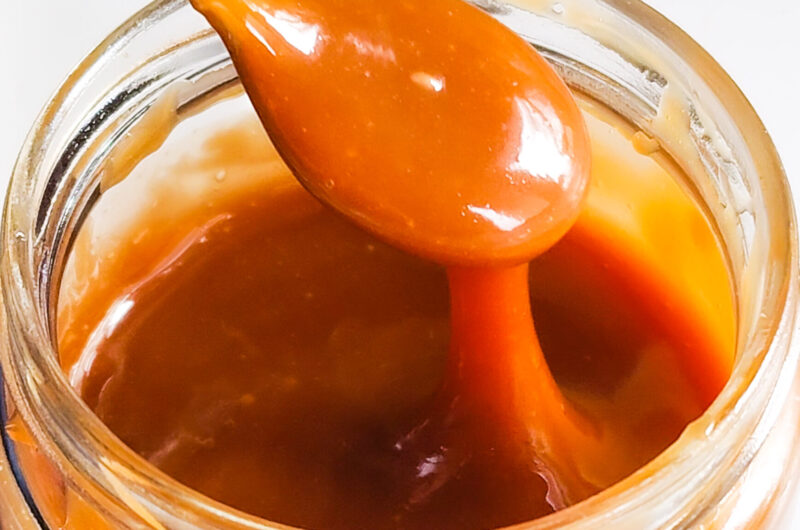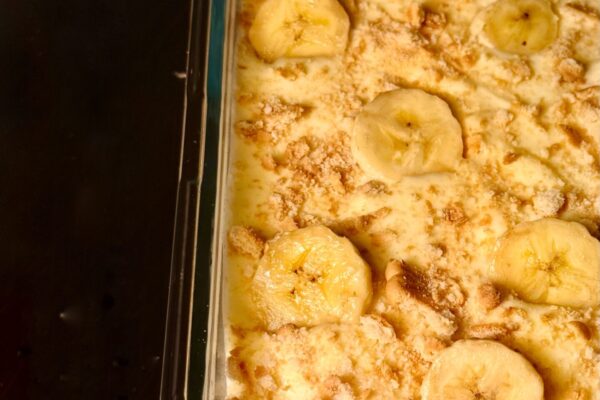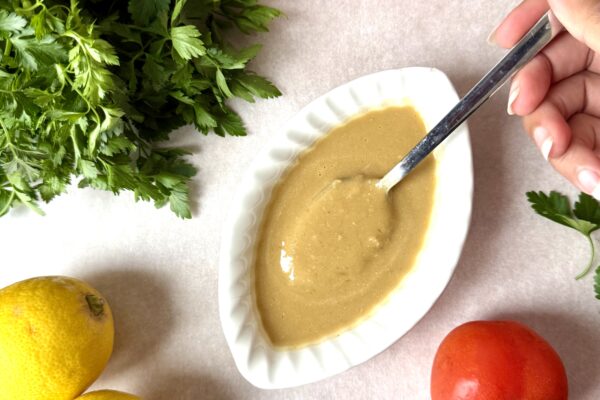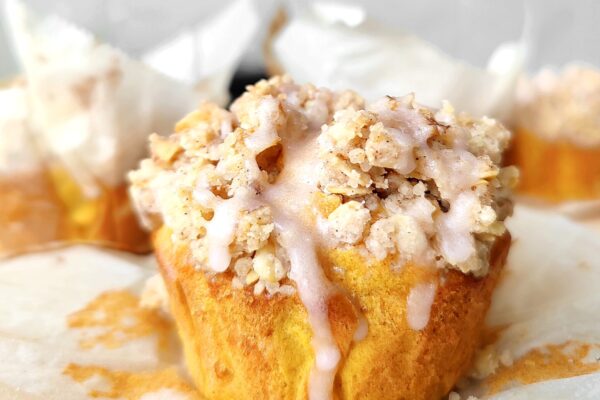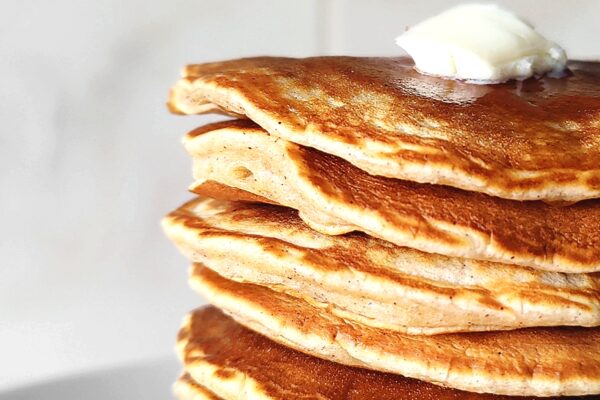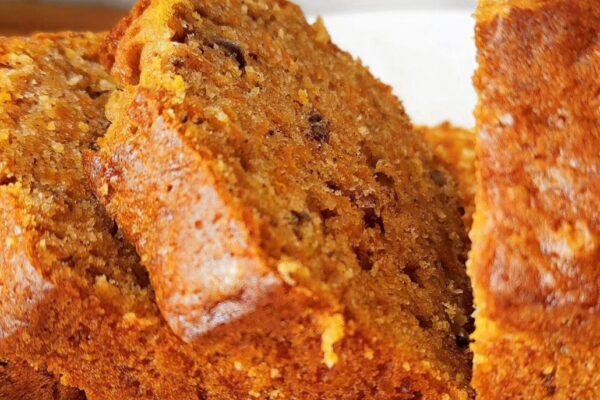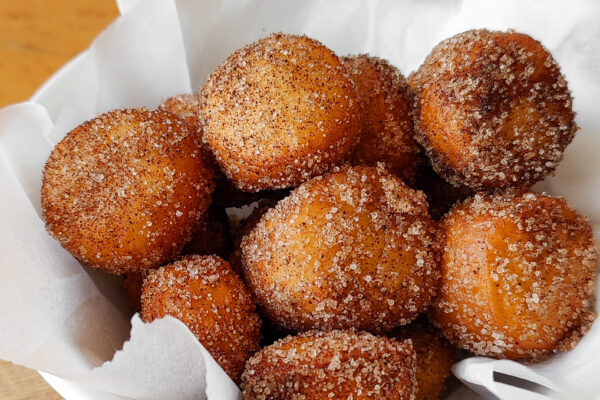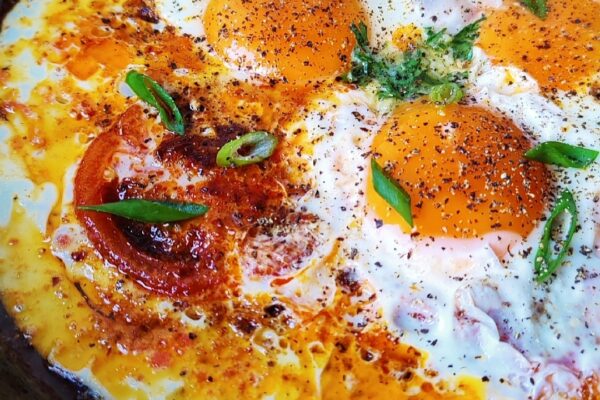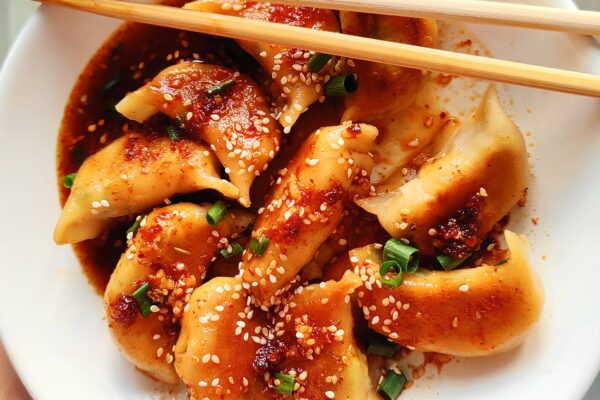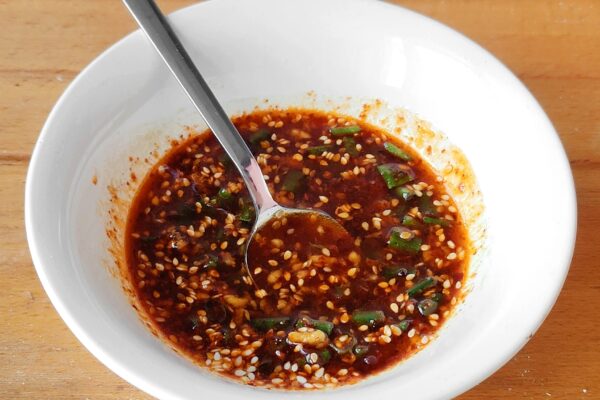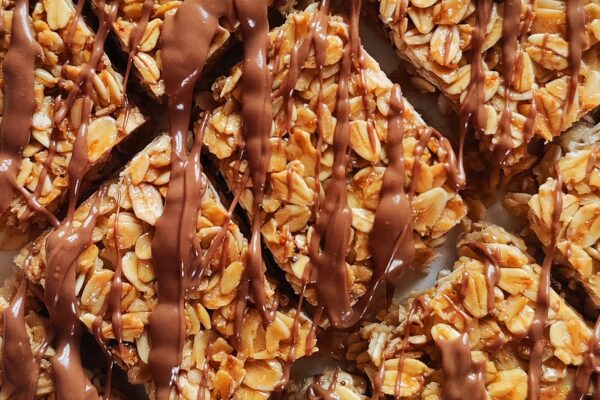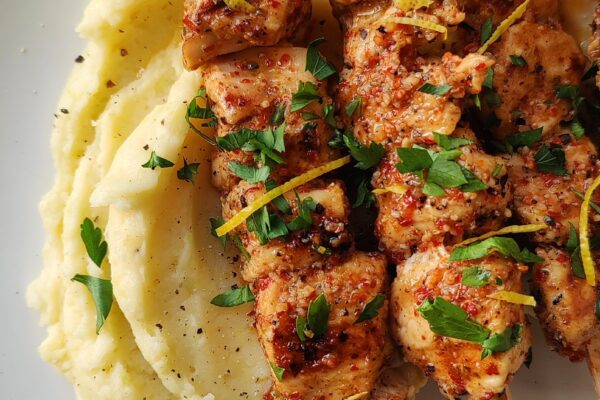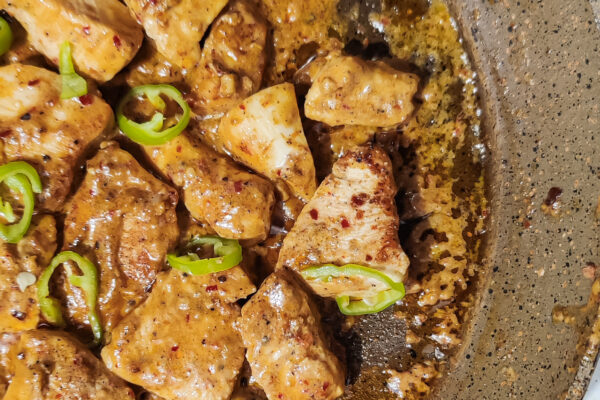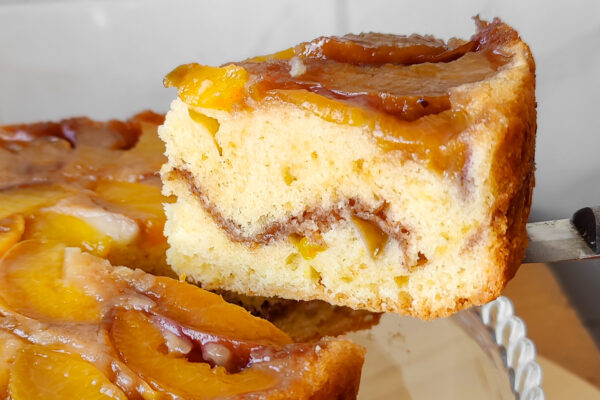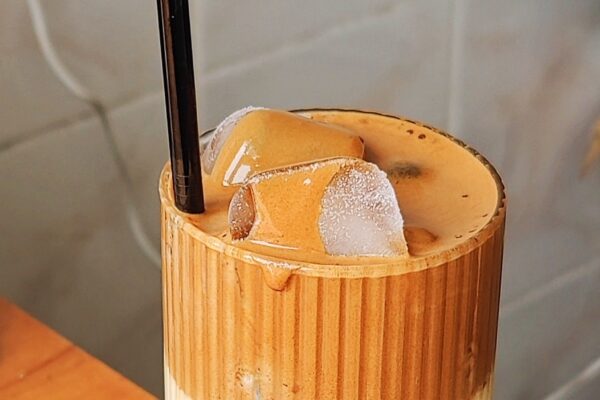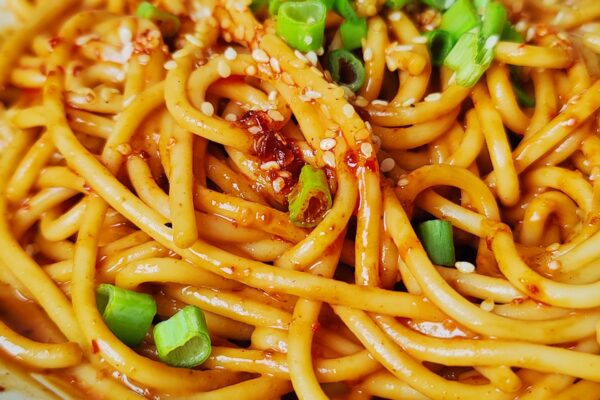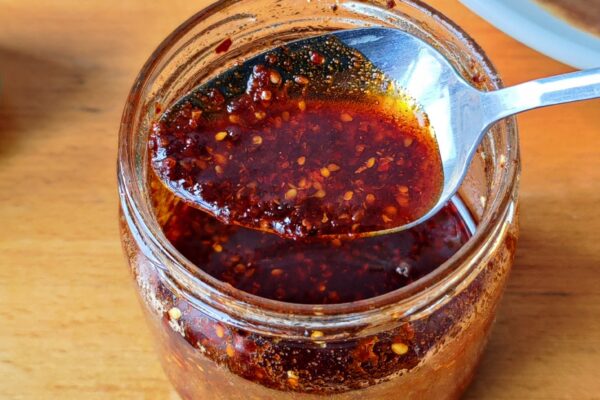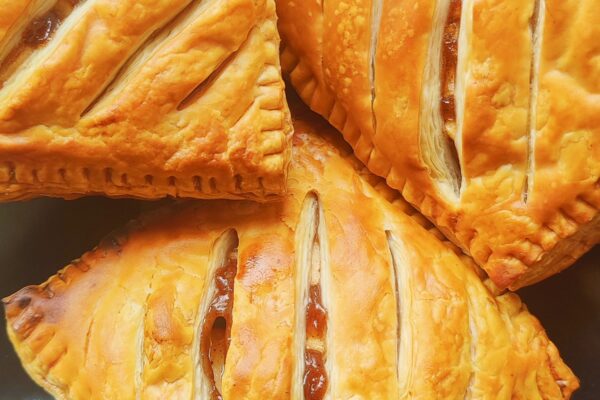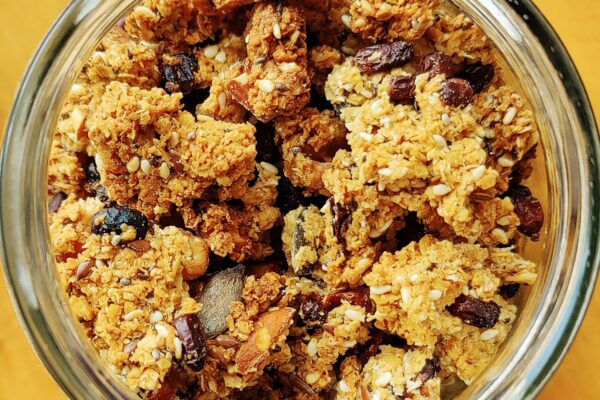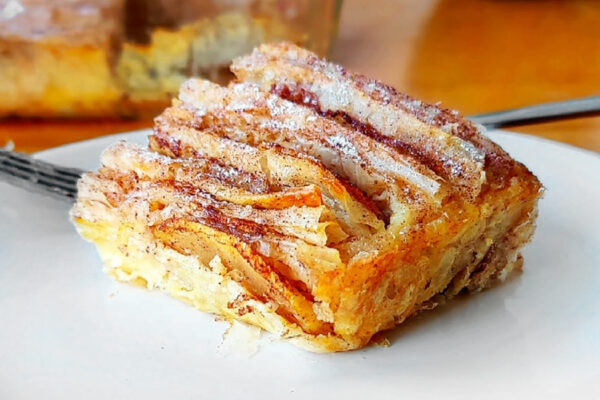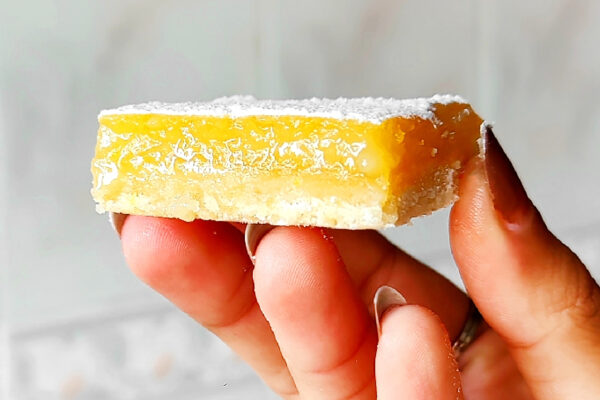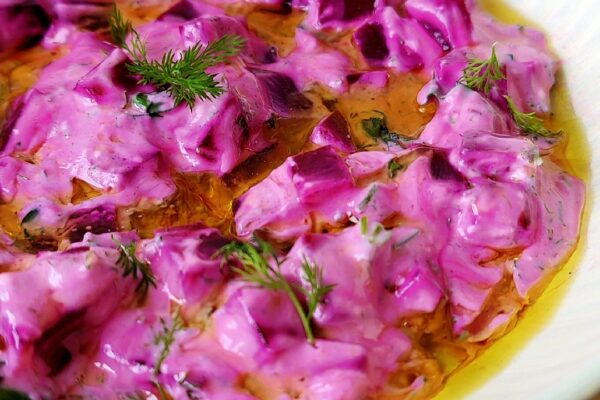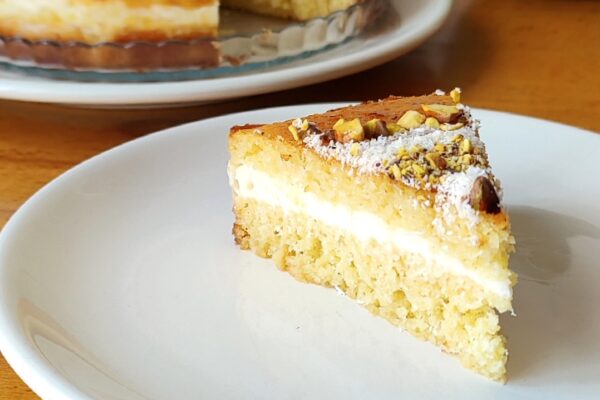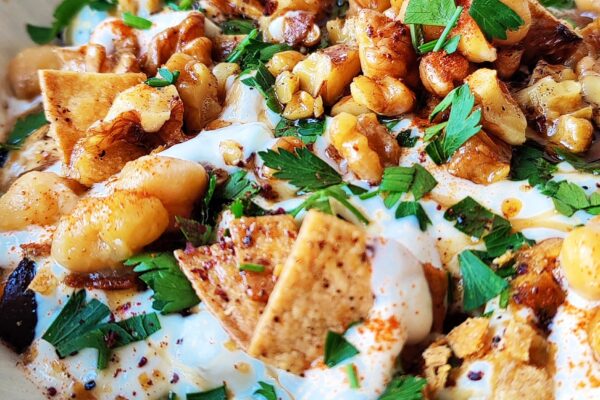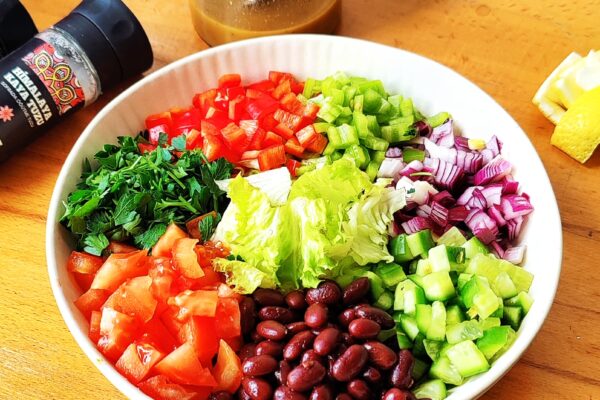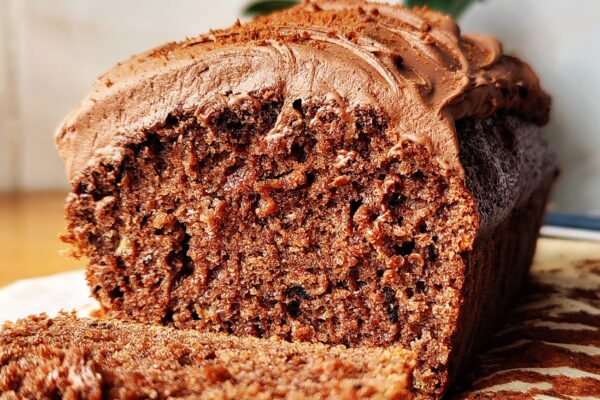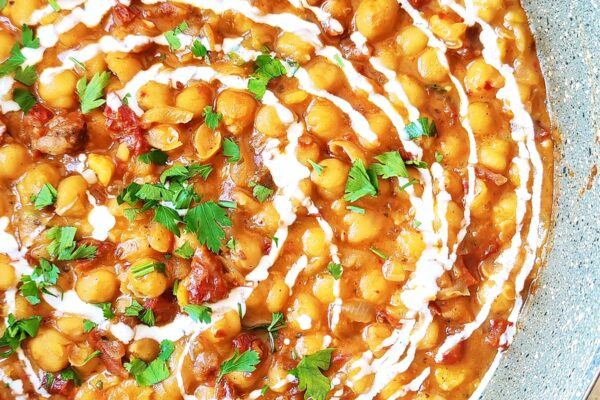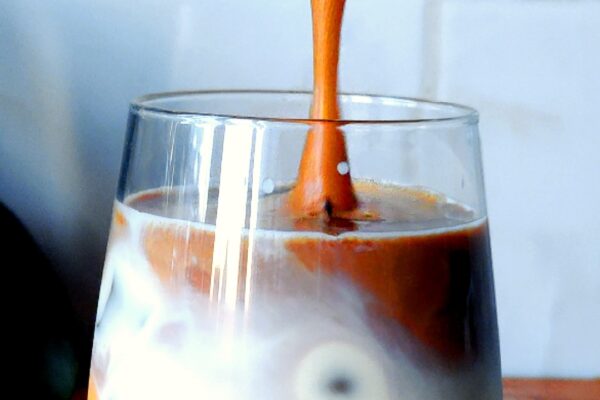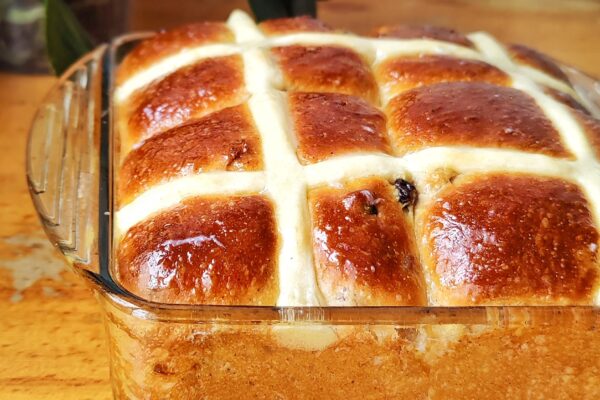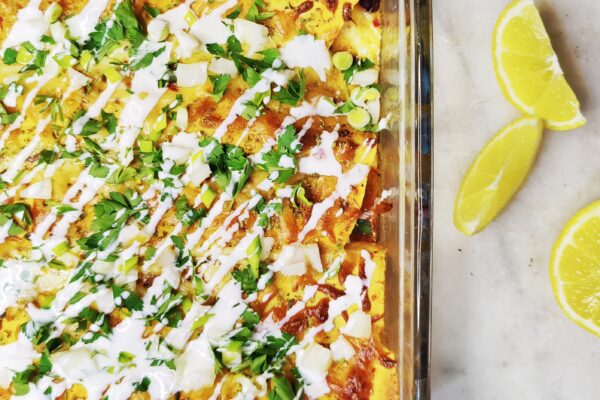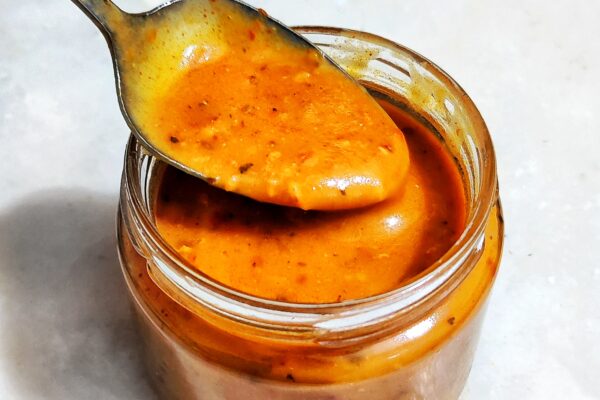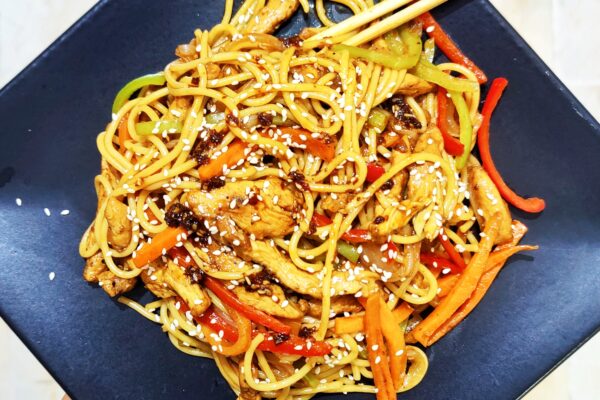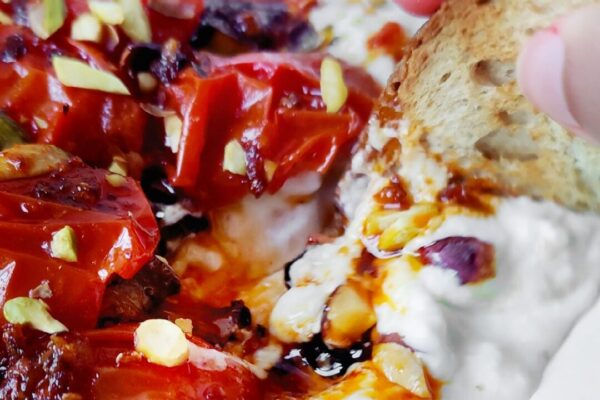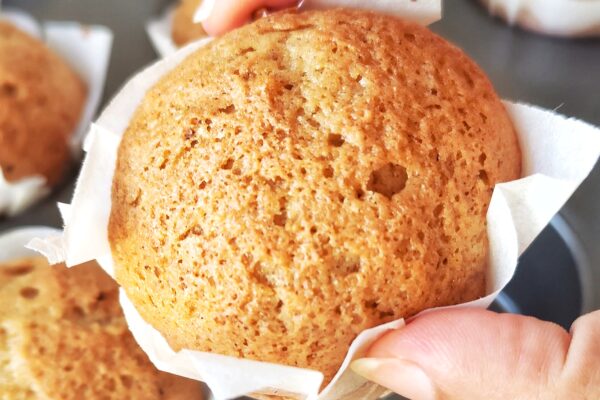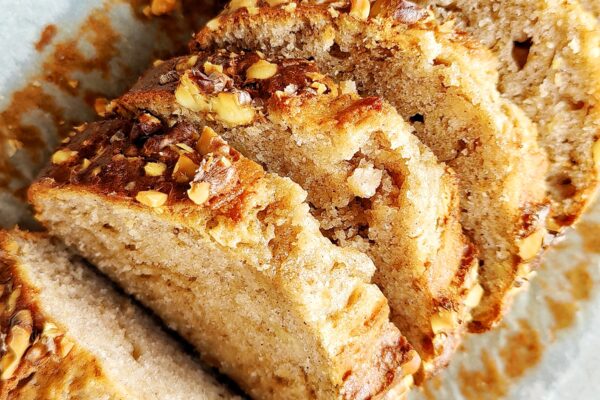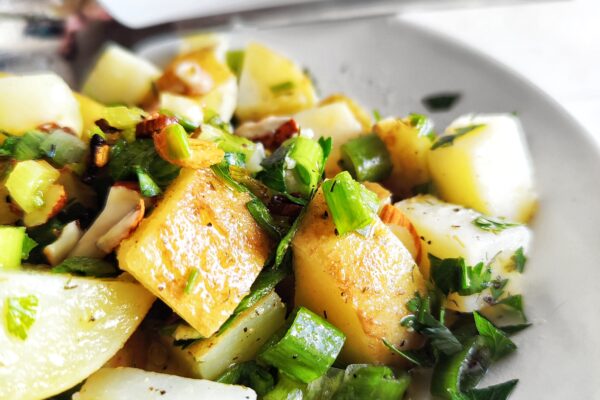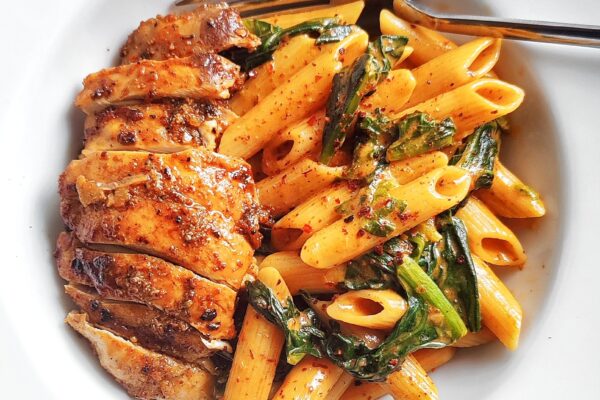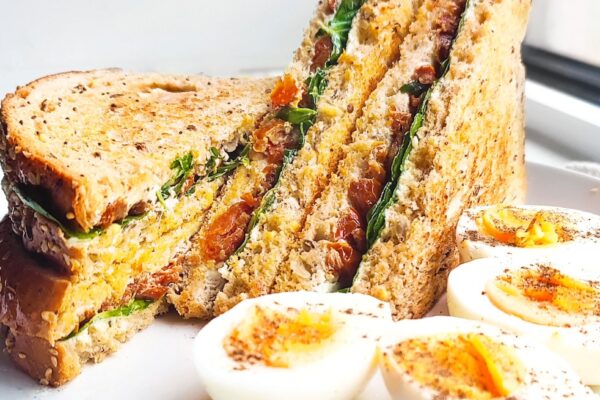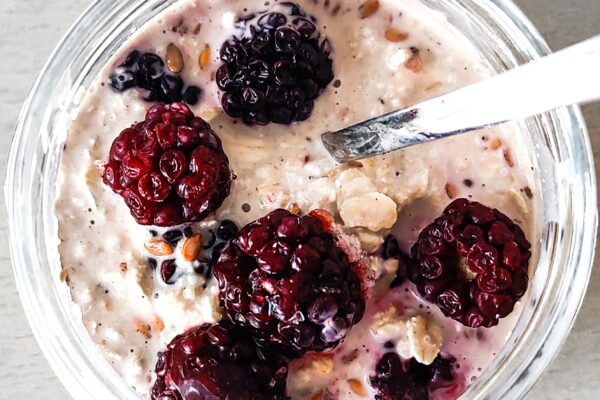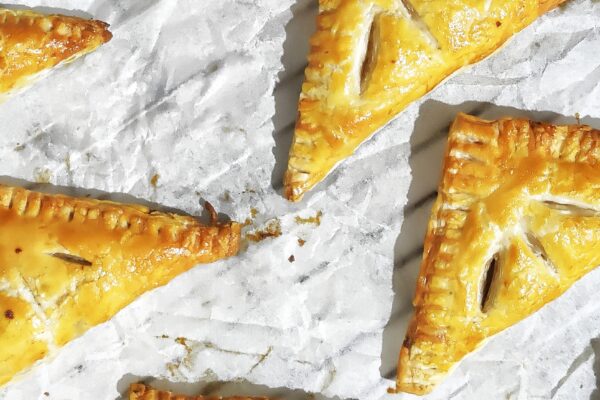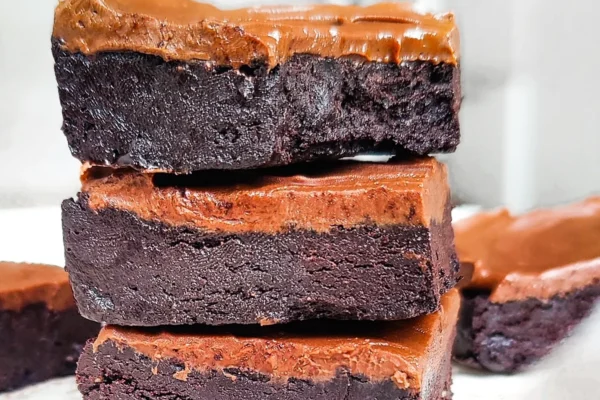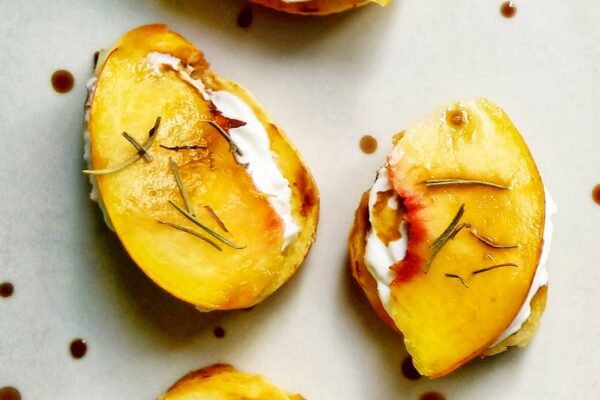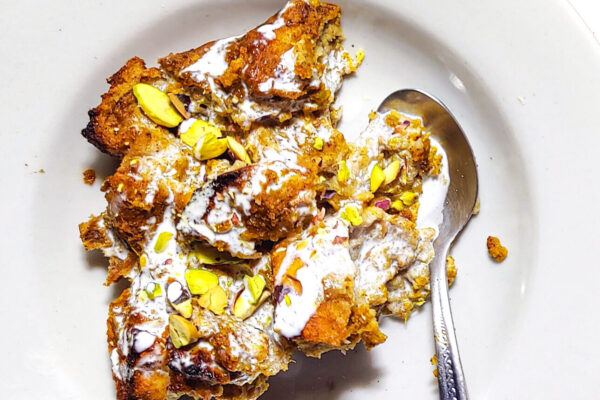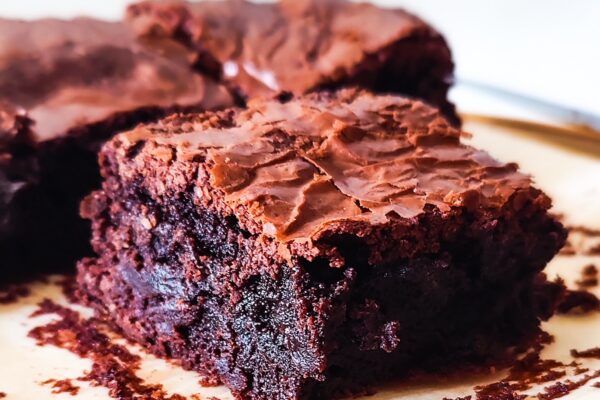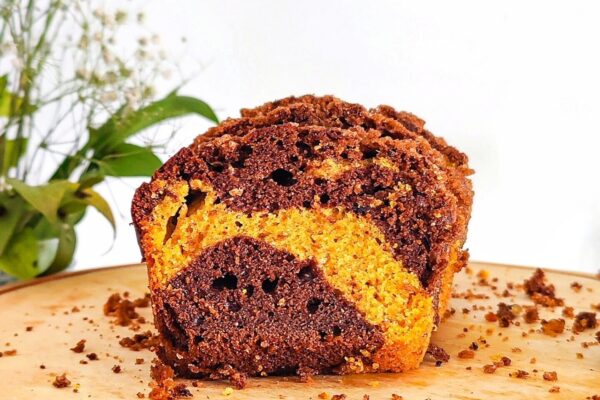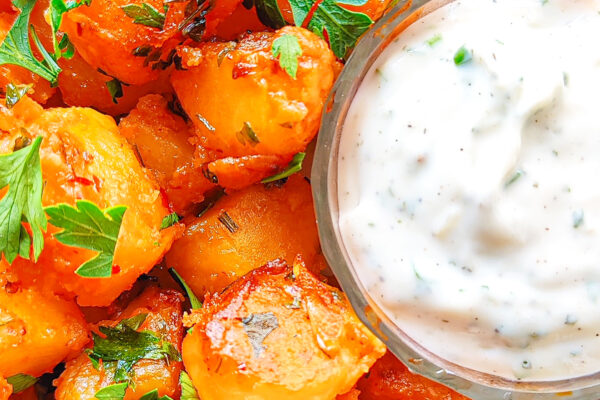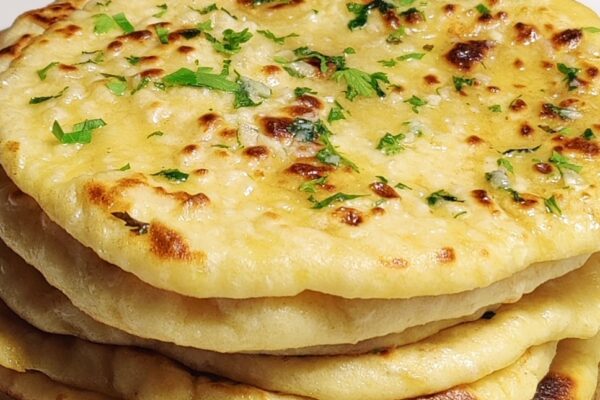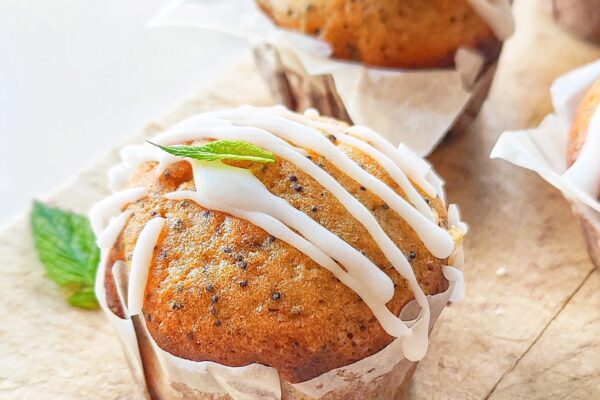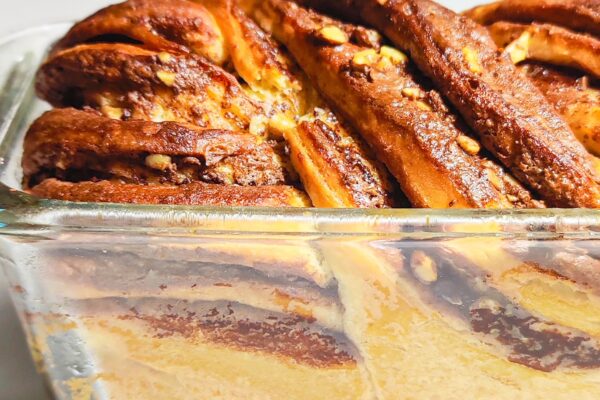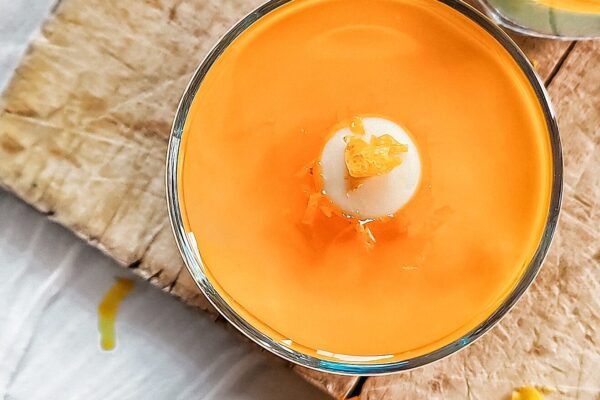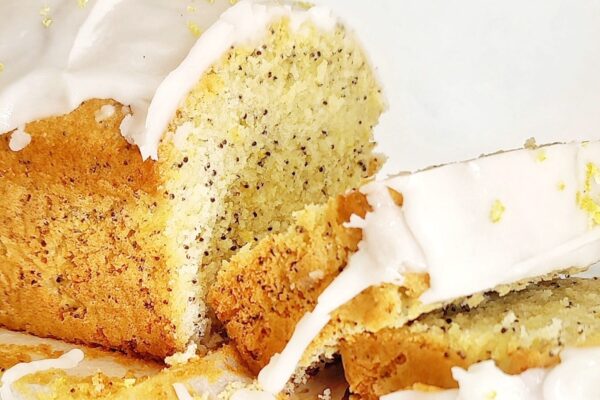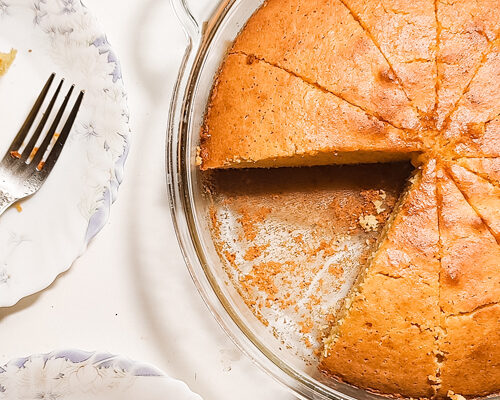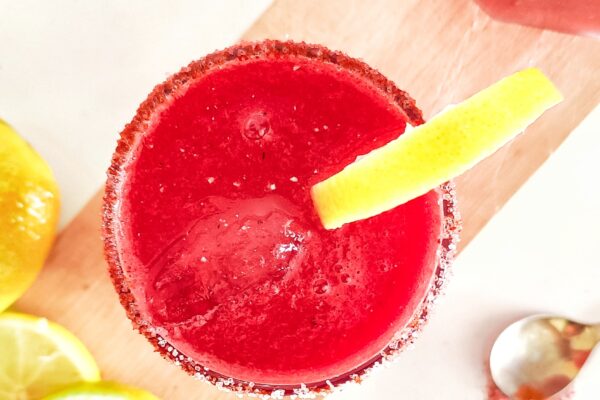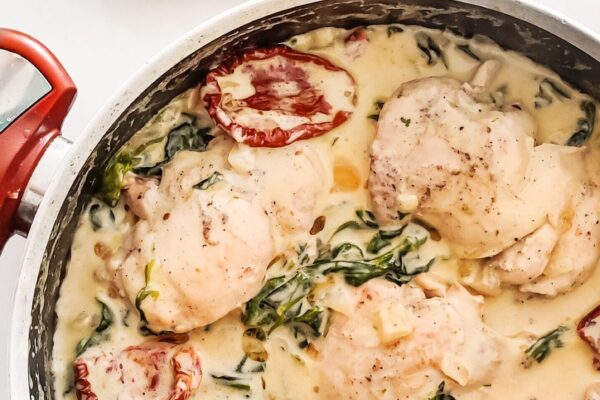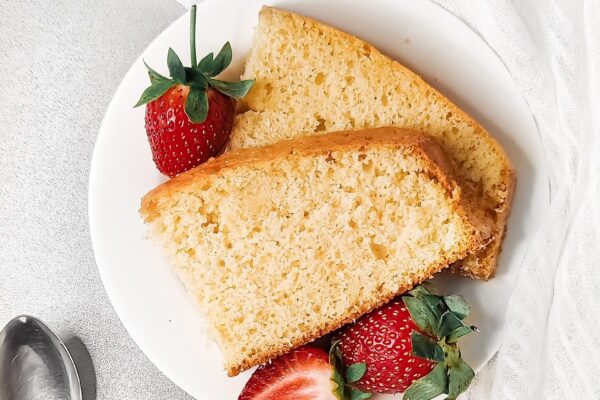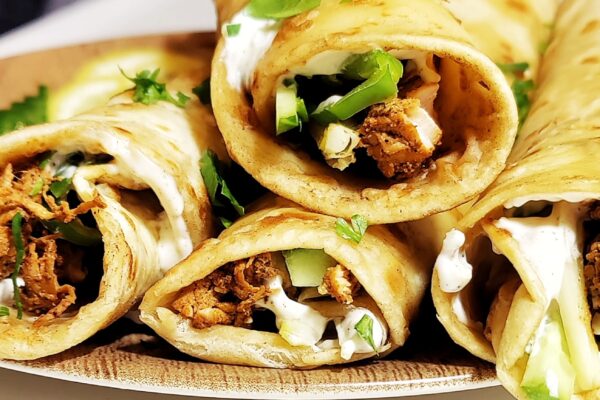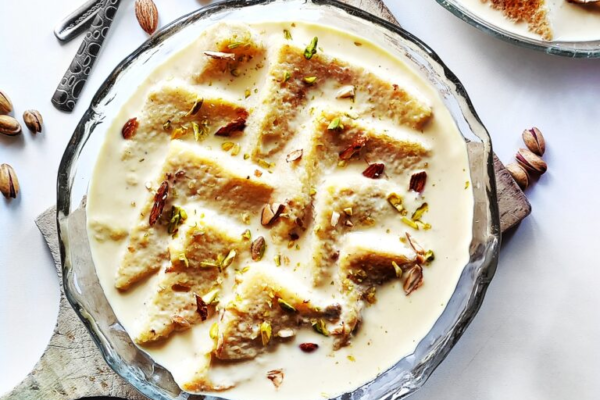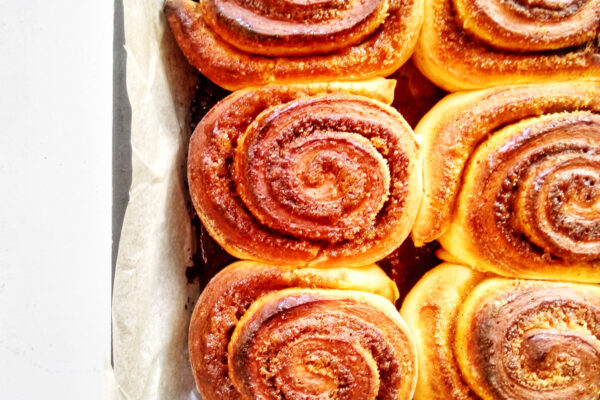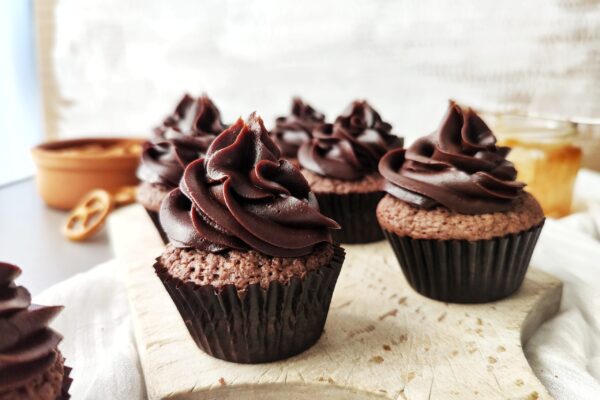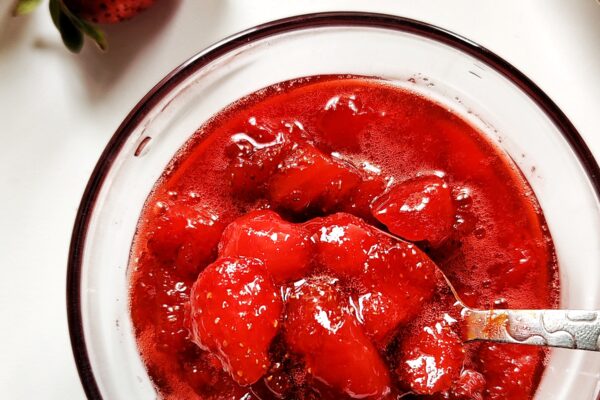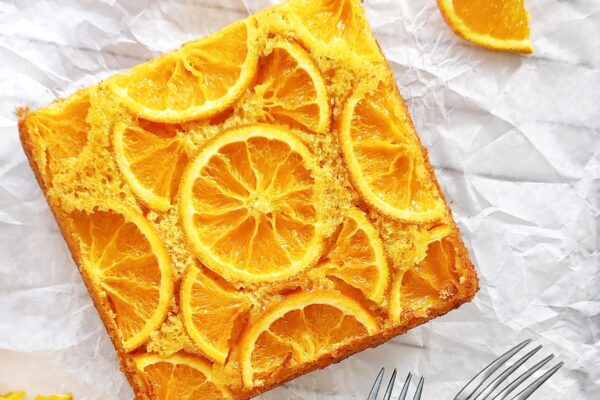Are you one of those people who can never seem to get their caramel sauce right? I have been there. I have done that. In fact, I’ve ruined so many batches of caramel before I realized that you can technically never ruin caramel sauce.
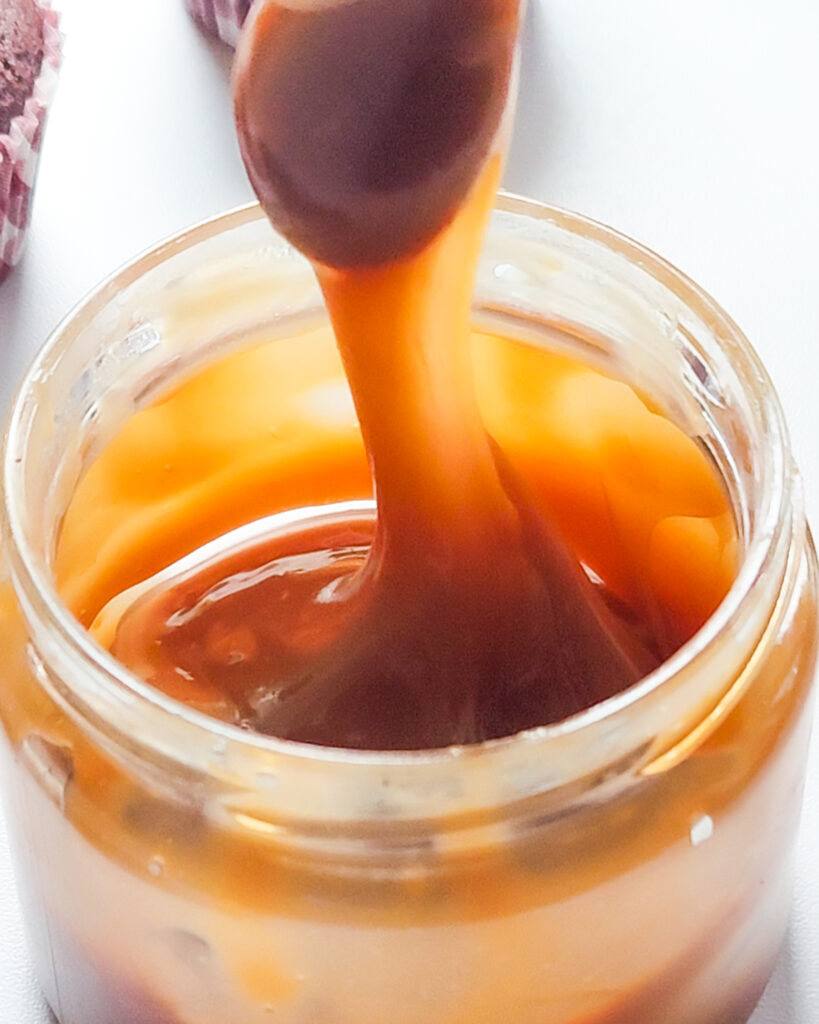
Too thin? Cook it for longer. Too thick or clumpy? Add some more cream. You can adjust the thickness of the caramel sauce by cooking it for a longer or shorter amount of time. For a thicker sauce, cook it for a few extra minutes until it reaches your desired consistency. For a thinner sauce, cook it for a shorter amount of time.
We’re all about simplicity here at Foodie Lassie and I want to make sure everyone knows how to make any and all of my recipes, without fail or error, every single time. So allow me to tell you just how to get the perfect homemade caramel sauce with no prior experience at all.
The Trick For Perfect Caramel Sauce Every Time
Honestly, you only need three ingredients for a perfect caramel sauce. Ingredients such as salt, extracts and essences are your choice to add for flavoring. But the base recipe needs nothing more then sugar, butter, and cream.
But let me put you in on a little secret: lemon juice. You know how the absolute nightmare of every chef is seized up caramel? Yep, lemon juice will fix that for you. And the answer is simply: science.
Adding a couple of drops of lemon juice to your sugar at the very start will make crystallization harder. That way when you stir your sugar, it won’t seize.
Brown Sugar vs. White Sugar
The brown sugar vs. white sugar debate seems to never end in the baking and cooking community. But, to be fair, the only major difference between using the two types of sugar is flavor (when it comes to caramel sauce).
Using brown sugar gives you more of a toffee-like flavor. “Real” caramel sauce is originally made from white sugar. So if you plan on staying as authentic as possible, stick to granulated white sugar.
Stirring vs. No Stirring
There are a lot of recipes that say not to touch your sugar until it melts completely. On the other hand, there are also a lot of home chefs who insist on stirring your sugar. So which is it?
STIR! Look, the only way to follow the “no stirring” method and not burn your sugar right away is if you have a good quality, thick-bottomed pan. Otherwise, your sugar will burn at the bottom before all of the sugar melts.
Referring to the previous lemon juice hack, just add in a couple of drops of lemon juice and stir away. I didn’t have a thick-bottomed “caramel sauce friendly” pan until much later. And that is how I burned multiple batches of caramel sauce in the beginning.
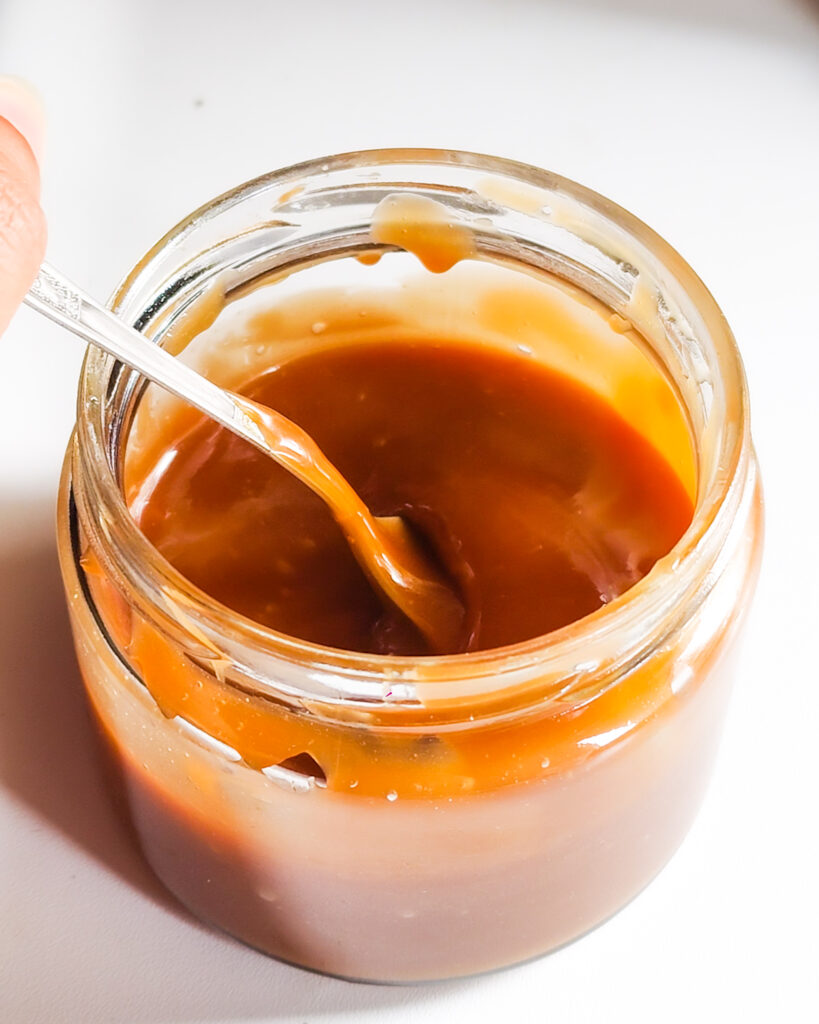
Non-stick vs. Stainless Steel
There is a huge difference between non-stick pans and stainless steel ones. Will I suggest either or for this recipe? No. Use whatever you have at hand, and make the most of it. Far be it from me to ask any of you to shop for a particular pan just to make the perfect caramel sauce.
If you really want to know which of two is preferred by chefs, the stainless steel one is recommended for use. But on this blog, we’re trying to keep our recipes simple, easy and fail-safe.
Butter or Cream – What Goes In Caramel Sauce First?
Well, actually the sugar goes in first (hehe). Okay no, but seriously, the biggest debate is whether to add the butter or the cream first, once the sugar melts. The answer is: butter.
So why should you not add the cream first? There are a few reasons for that.
- Boiling over: Due to the high water content of cream as opposed to butter, the chances of your caramel sauce boiling fiercely and bubbling over is much higher.
- Thin and clumpy sauce: Adding the cream first can prevent the sugar from fully caramelizing and hence, resulting in a thin and clumpy caramel sauce.
- Inconsistent flavor: The smooth and rich flavor that is usually associated with caramel sauce comes from fully incorporating the butter before adding the cream. You risk compromising on the flavor profile if you add the cream in first.
Now that we have most of the controversial questions out of the way, let’s get into a tip that I have found work wonders for me.
FoodieLassie Tip
Use a whisk when making your homemade caramel sauce. A lot of videos and recipes use a spatula or a wooden spoon, but I have found that a whisk incorporated the butter and cream much better and quicker.
ALSO TRY THESE 4-INGREDIENT DONUT HOLES!
And now for the recipe!
